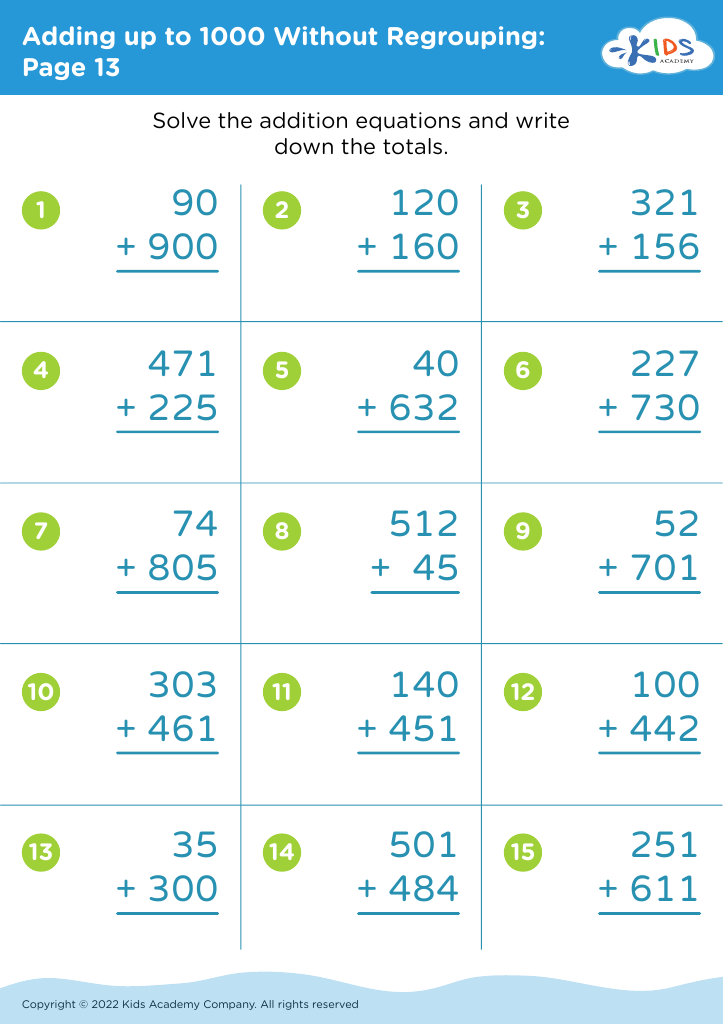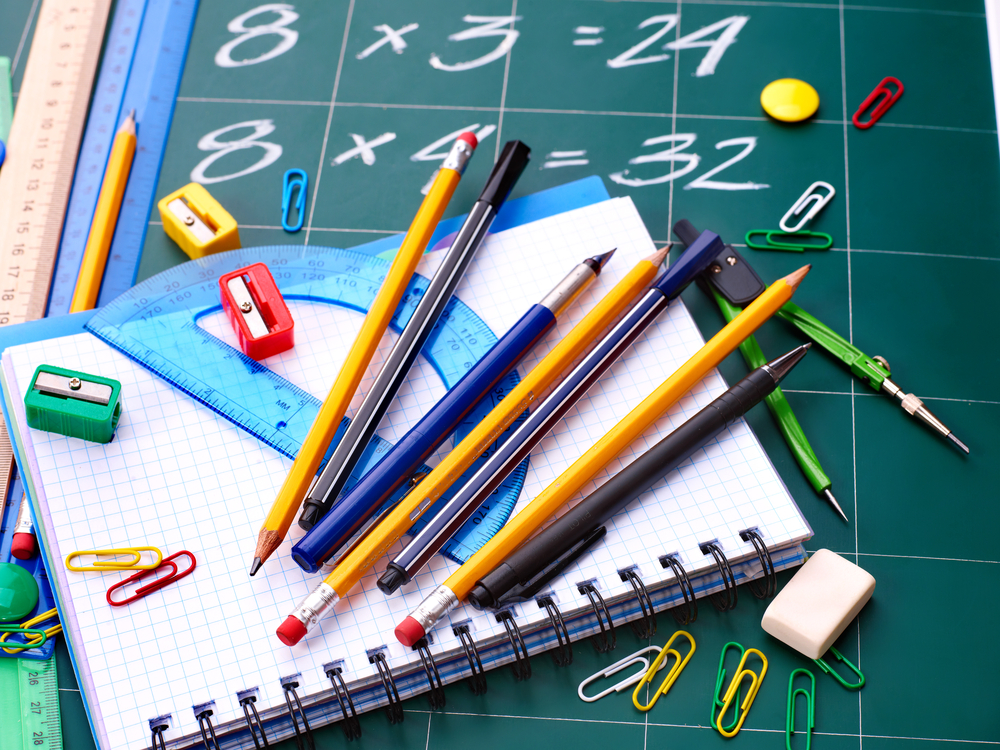Understand order of operations Worksheets for Kids
1 filtered results
-
From - To
Question/Answer
What are some effective activities to train students’ Understand order of operations skill when teaching them about Adding up to 1000 Without Regrouping?
To train students in understanding the order of operations while adding up to 1000 without regrouping, use these activities: 1. Interactive whiteboard games focusing on sequential addition. 2. Partner challenges where students solve addition puzzles step-by-step. 3. Worksheets with mixed-operation problems emphasizing addition without regrouping. 4. Math stations with manipulatives to physically demonstrate addition sequences. 5.
How to test a Grade 2 student’s Understand order of operations skills?
To test a Grade 2 student's understanding of order of operations, present them with simple arithmetic problems that involve two steps and use basic operations (addition and subtraction). For example, "Solve: 5 + 3 - 2." Although traditional order of operations (PEMDAS) is more complex, at this level, focus on sequencing two-step problems to assess their foundational skills.
Why is the Understand order of operations skill important for Grade 2 students?
Understanding the order of operations is crucial for Grade 2 students as it lays the foundation for more complex math problems they'll encounter later. It helps them grasp how to correctly solve multi-step problems by understanding which calculations to perform first. This fundamental skill is essential for building a strong mathematical foundation, ensuring accuracy in problem-solving from an early age.





.jpg)













